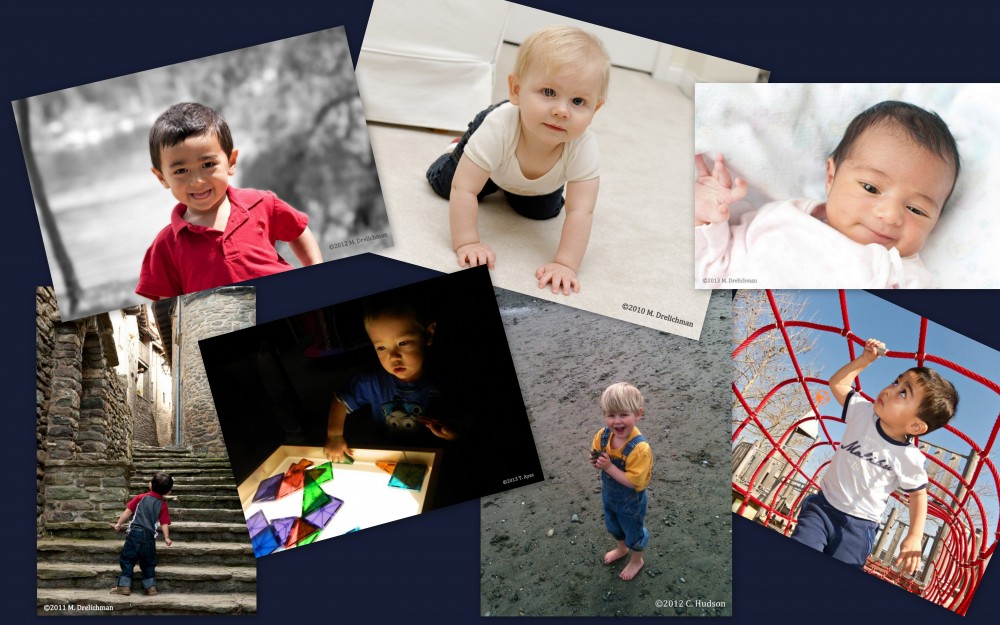I am very excited to be able to announce that a new paper “Introducing the Infant Bookreading Database (IBDb)” has just come out as an on-line first view paper in the Journal of Child Language. The paper, co-authored with Lisa Matthewson, describes a data-base of children’s books that came out of the survey we posted a link to a few years back, and which we’re making available to other researchers. (Click here to get to it.) Note, the paper is Open Access.
Here’s the abstract of the paper: Studies on the relationship between bookreading and language development typically lack data about which books are actually read to children. This paper reports on an Internet survey designed to address this data gap. The resulting dataset (the Infant Bookreading Database or IBDb) includes responses from 1,107 caregivers of children aged 0-36 months who answered questions about the English-language books they most commonly read to their children. The inclusion of demographic information enables analysis of subsets of data based on age, sex, or caregivers’ education level. A comparison between our dataset and those used in previous analyses reveals that there is relatively little overlap between booklists gathered from proxies such as bestseller lists and the books caregivers reported reading to children in our survey. The IBDb is available for download for use by researchers at <http://linguistics.ubc.ca/ubcibdb/>.

 Follow
Follow comments feed
comments feed